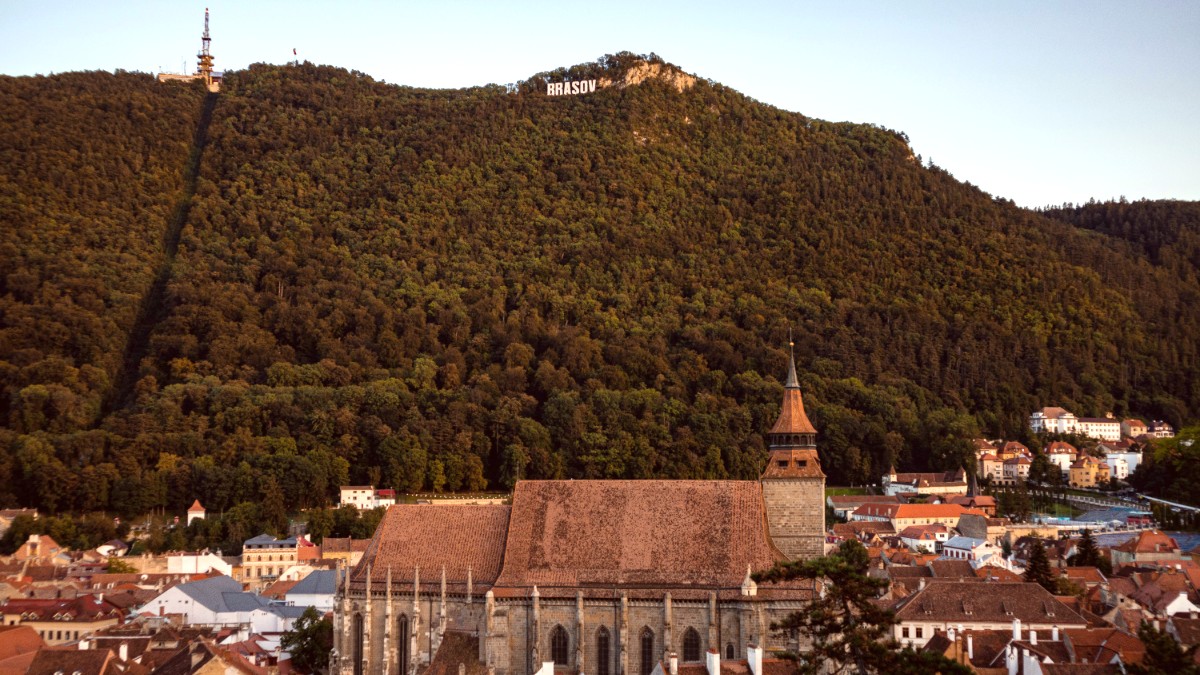
Transylvania, Romania
A visit here presents a journey through time, from its fortified walls to the lively city square. This guide assists you in navigating its many layers, from planning your trip to savoring local flavors. Prepare to explore a city that balances its rich heritage with a welcoming, contemporary vibe.
Brasov boasts a long and complex history, dating back to the 13th century. German Saxon colonists, invited by Hungarian kings, founded the city as Kronstadt (Crown City). This settlement quickly grew into a significant trade hub between Central Europe and the Ottoman Empire. The Saxons built strong fortifications, including the impressive Black Church and numerous bastions, to protect their wealth and influence.
Throughout centuries, Brasov faced invasions and fires. The devastating Great Fire of 1689 blackened the walls of its main church, giving it the name "Black Church." Despite these challenges, the city always rebuilt and thrived. It became a melting pot of cultures, with Romanians living in the Schei district outside the city walls, Hungarians, and Germans shaping its identity. The First Romanian School, located in the Schei district, symbolizes the perseverance of Romanian culture and language. Today, Brasov preserves its medieval charm while embracing modern European life.
The Black Church, Piața Sfatului (Council Square), Rope Street, and Mount Tampa are sights within the city. These locations offer historical architecture and scenic views.
Bran Castle ("Dracula's Castle"), Râșnov Citadel, and the Libearty Bear Sanctuary are popular day trip destinations. Peleș Castle in Sinaia is also reachable from Brasov.
Explore the Old Town's charming streets and historical landmarks.
Ride to the summit of Mount Tampa for panoramic city views.
Trails around Tampa Mountain and in nearby Carpathian ranges.
Winter sports in Poiana Brasov, a short distance from the city.
Consider an unique wildlife experience in the surrounding forests.
Savor hearty Romanian and Transylvanian dishes. Local favorites include Sarmale (cabbage rolls), Mici (grilled minced meat rolls), and Papanași (fried doughnuts with sour cream and jam).
Brasov blends historical charm with a lively urban feel. It presents a relaxed pace compared to larger European capitals, ideal for visitors seeking a balance of culture and relaxation.
Spring and autumn offer pleasant weather and fewer crowds. Summer warmth favors outdoor activities, while winter opens ski slopes and hosts charming Christmas markets.
Brasov welcomes visitors with its unique charm and a wide array of activities. This guide details everything needed for a successful trip.
Brasov accommodates various travel preferences. Whether you seek cultural immersion, outdoor adventure, or relaxed city exploration, options exist.
The city's environment caters to diverse interests, allowing for personalized experiences.
Hiking, skiing, and bear watching opportunities abound in the surrounding Carpathian Mountains.
Explore medieval architecture, historical churches, and ancient city walls.
Wander through Piața Sfatului, discover Rope Street, and enjoy local cafes.
Brasov offers a range of activities suitable for families with children of all ages. Many attractions are accessible and engaging for younger visitors.
Explore the German Saxon influence in the city's architecture and historical sites like the Black Church and Council Square.
Visit the First Romanian School in Schei, symbolizing the preservation of Romanian culture and language through history.
Observe the blend of Romanian, Saxon, and Hungarian influences visible in the city's traditions and daily life.
Minced meat and rice, seasoned and rolled in cabbage leaves, slow-cooked in a traditional pot. A staple of Romanian cuisine.
Grilled minced meat rolls, often a mix of beef, lamb, and pork, seasoned with garlic and spices. A popular street food.
Fried doughnuts typically served with sour cream and fruit jam (often blueberry or cherry). A sweet dessert.